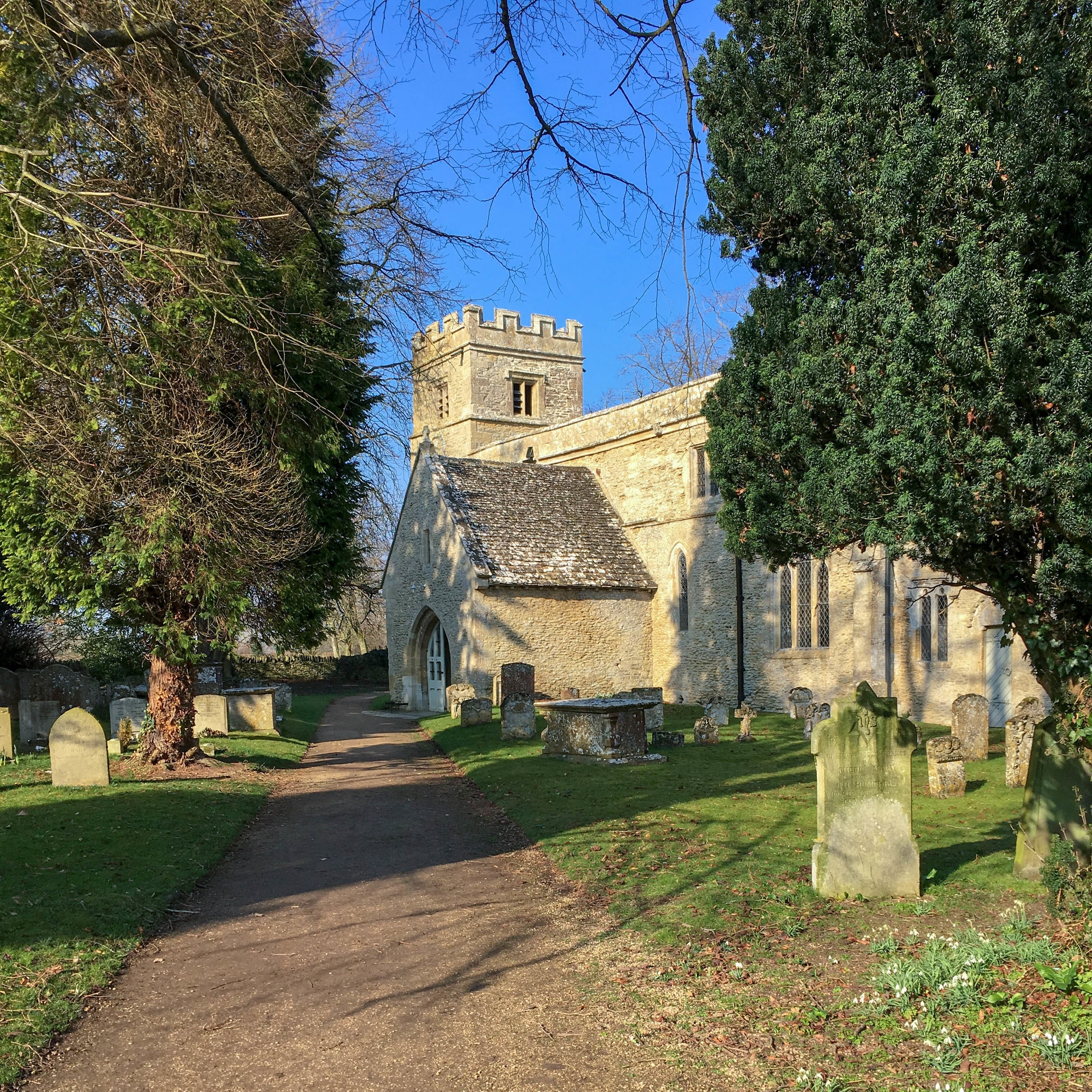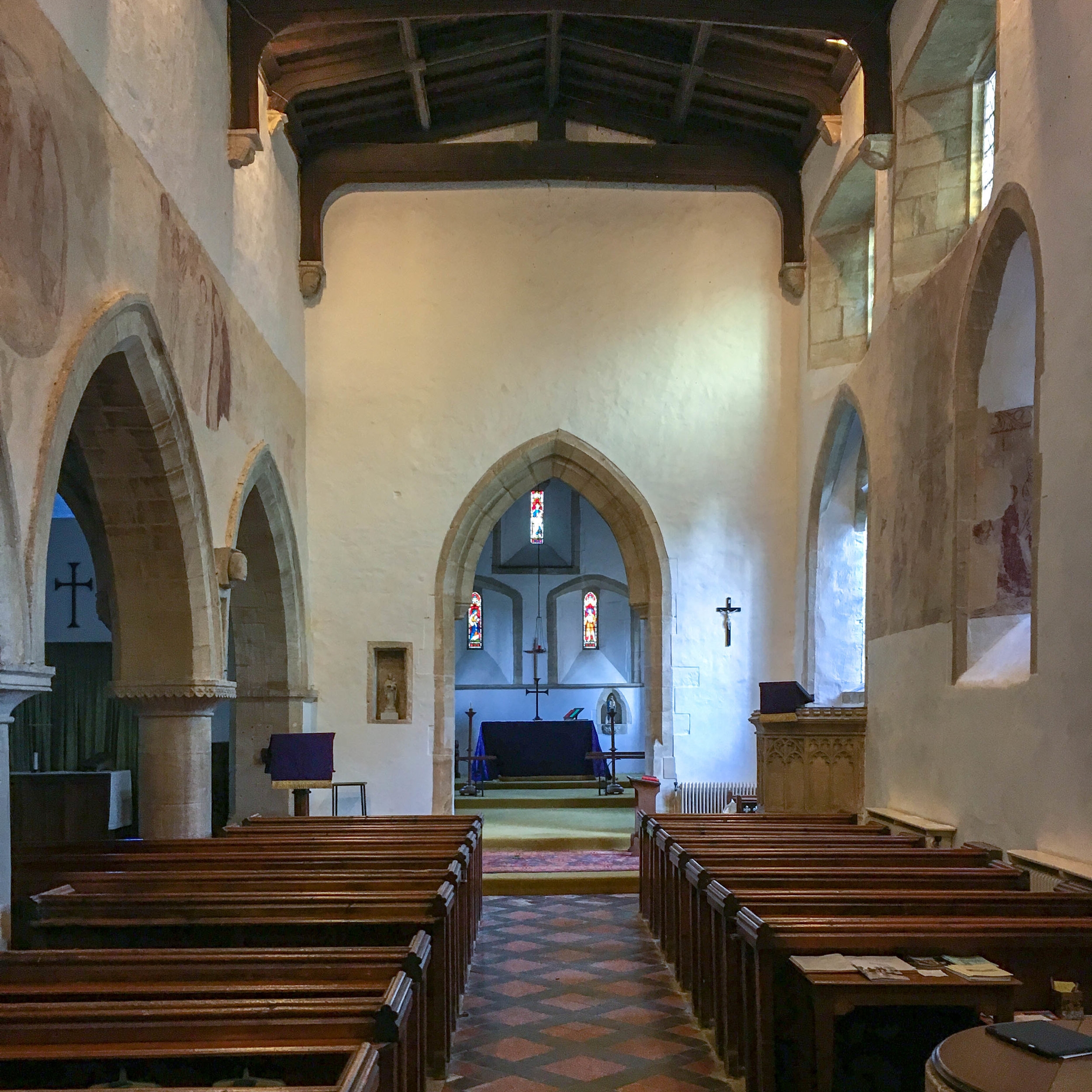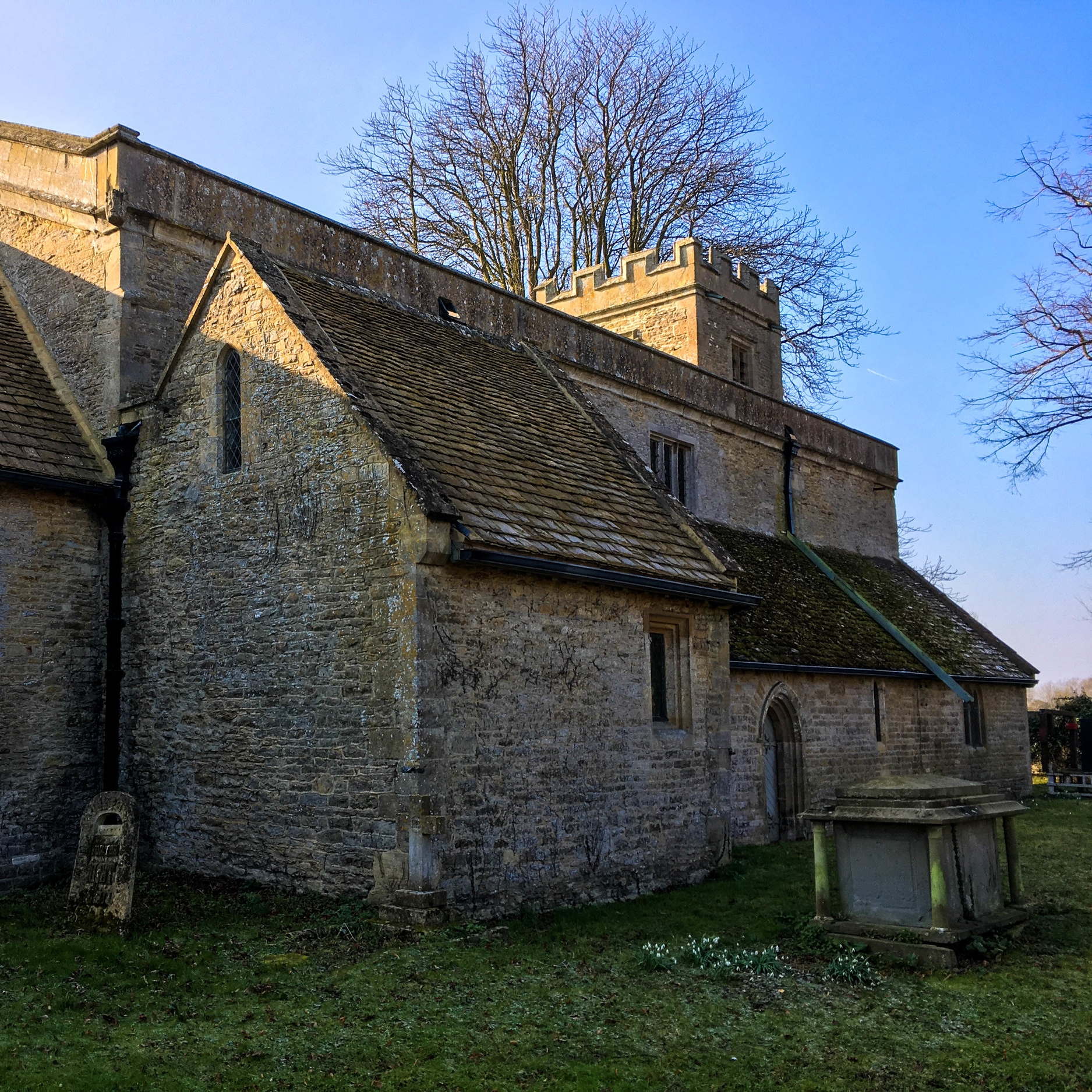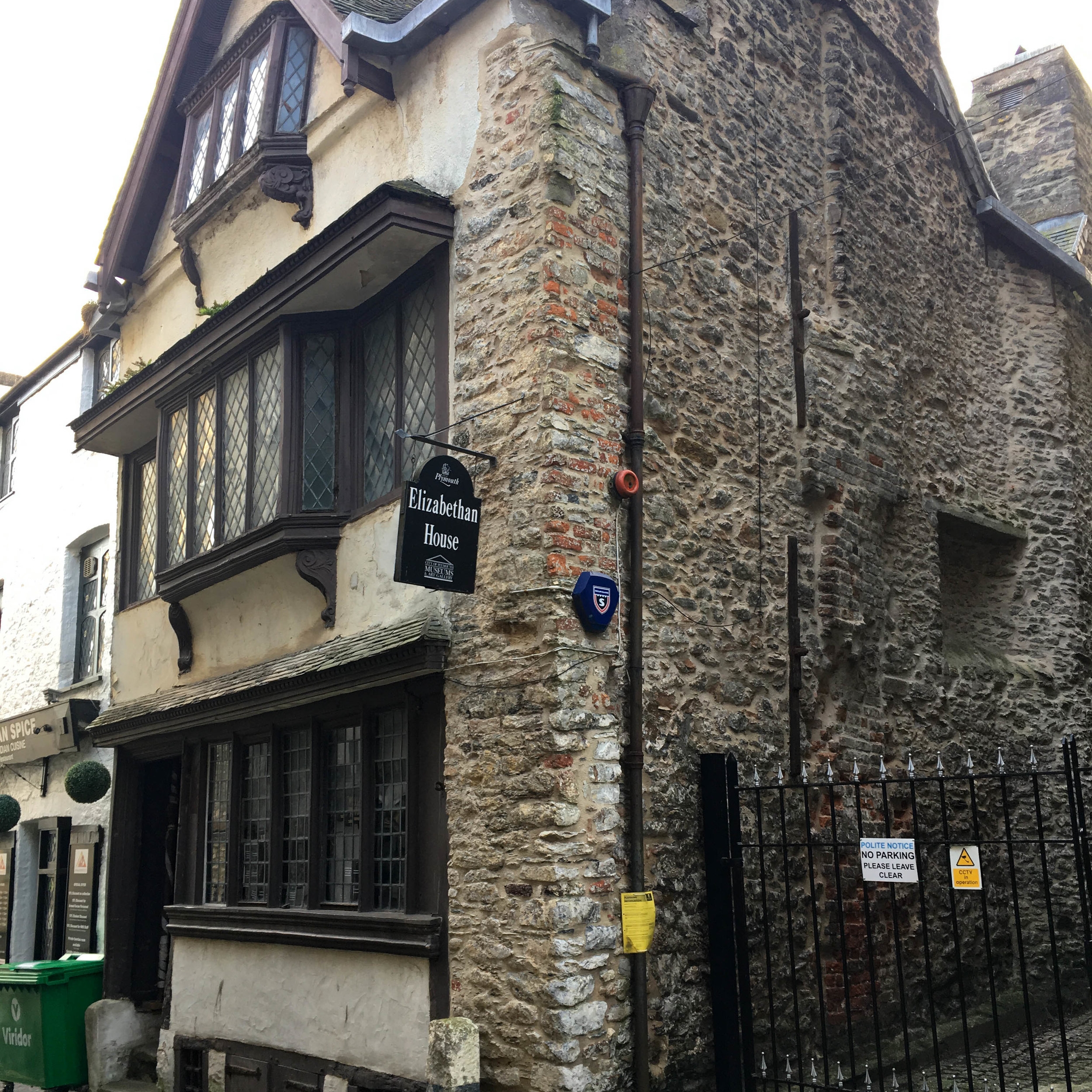We are delighted to have received planning permission and listed building consent for a contemporary artist studio in the curtilage of a private country house in Wiltshire amidst the sensitive setting of the Broad Town White Horse. The new art studio is to be constructed on the footprint of a ruinous pigsty, and next to a boiler house.
Good survey information, along with a heritage statement, condition survey and visual assessment informed a sensitive and contemporary design which reflected the appearance of the old pigsty, whilst better revealing the heritage of the site, and bring into use the old boiler house falling into disrepair.
We were approached by the client as the existing application was about to be refused by Wilshire Council from a combination of the Council not being able to physically visit the site, and also the inadequacy of the existing information.
Following a review of the site and the scope of work, the scheme was modified to remove any harmful elements of the proposals. A new measured survey was commissioned, a heritage statement and condition survey was prepared to justify the alterations to the smoke house. The heritage statement informed the design and a new scheme prepared to reflect the appearance of the old pigsties.
A revised application was submitted within 3 weeks of being appointed.









